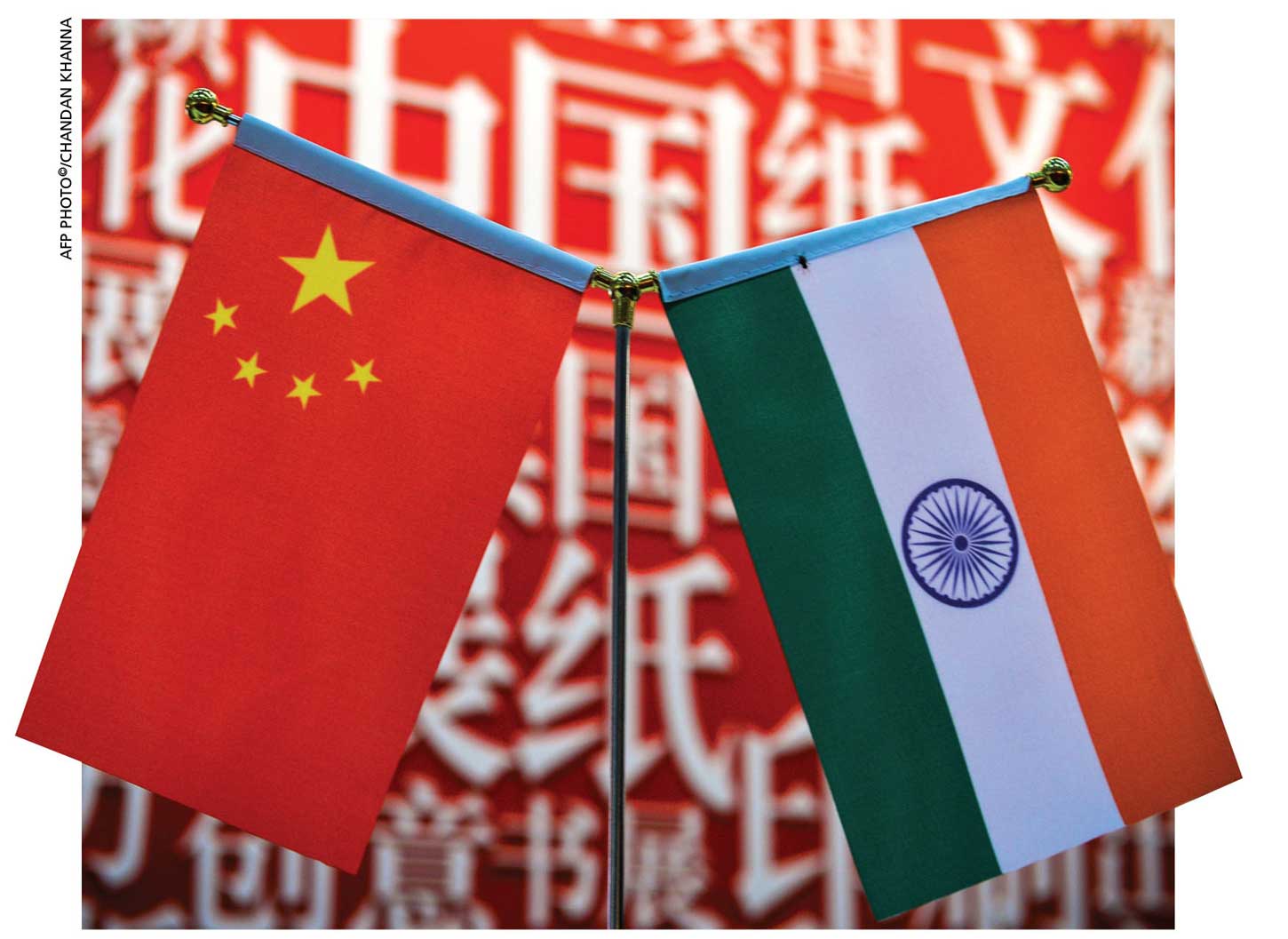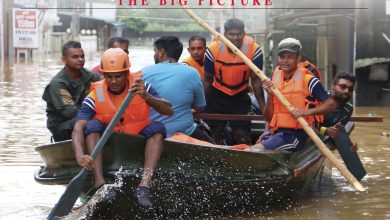
POWER PLAY IN SOUTH ASIA
Dona Senara takes stock of Sri Lanka’s future amid Indo-China competition
There is a widespread belief that power in the international arena is shifting from the Western world to Asia, potentially destabilising the prevailing polarity.
Commonly known as the ‘Asian Century,’ this situation has led many to believe that there’s a latent shift of power especially from the US to China – although American and Western powers are still rooted in their combined economic aspirations, and close transatlantic cooperation.
Yet, Asia is rising; and it is principally being elevated by the work of China and India, which are continuing to fuel the Asian Century regardless of the power that the West holds over the East.
So what does this have to do with Sri Lanka?
As an island located in southern the tip of South Asia in the ‘shared neighbourhood’ of India and China, Sri Lanka faces the regional burden of having close relations with the two Asian giants – especially in the context of monetary affairs..
Since 1962, China and India have been competing over territory demarcation and security dilemmas in the Indo-China region. Today, China’s increasing hard and soft power capabilities have resulted in a more assertive tone in the territorial disputes along its maritime borders in the East and South China Seas.
And India has no intention of letting China ride free.
For instance, the Chinese ship Yuan Wang 5, which left the Hambantota Port in August, has continued to churn the waters around the island. With high-level consultations held between Chinese and Sri Lankan officials, and New Delhi’s displeasure with Beijing for using its influence over Sri Lanka, the island was barely able to balance the issues raised by both nations.
This is not the first time that Sri Lanka, which owes China billions of dollars, dared to slight the Chinese. The first incident was in October 2020 when the former administration refused to accept a Chinese shipment of organic fertiliser.
The Sri Lankan government’s initial wishy-washy response to the visit by Yuan Wang 5 angered Beijing and the Chinese took a tough stance on restructuring its loans to Sri Lanka. Meanwhile, India extended loans and humanitarian assistance earlier in the year to help the island cope with its burgeoning economic crisis.
Nevertheless, both China and India are ambitious nations seeking every chance to gain influence over useful yet vulnerable countries such as Sri Lanka, mainly in the form of public goodwill.
The Indo-China face-off will continue to amplify in the weeks ahead primarily with the Russian upsurge for power in the name of ‘national security.’ It will only be a matter of time before other nations follow with their power hungry conquests.
Regardless of its size, Sri Lanka will have a lot to look out for if the old adage ‘Whoever controls the Indian Ocean dominates Asia’ is true. The island’s geostrategic location along vital sea lanes in the Indian Ocean region has thrown it into the battlefield with the world’s superpowers.
Nobody comes out of a battlefield unharmed. Therefore, Sri Lanka needs to focus on establishing a firm footing against any force coming its way and ensure that the country is stable internally.
While acknowledging its geostrategic position in the Indian Ocean, Sri Lanka needs to be mindful of geopolitical implications resulting in problems that may lead to foreign policy adjustments. Counterbalancing international relations between China and India, in the wake of diplomatic gains by other nations such as Japan and the US, will be one such issue.
Although the Non-Aligned Movement (NAM) proved useful during the Cold War period and remains relevant to this day, Sri Lanka won’t be able to follow this policy with precision if it doesn’t shed its status as a desperate nation wedged between Asia’s two powerhouses.






